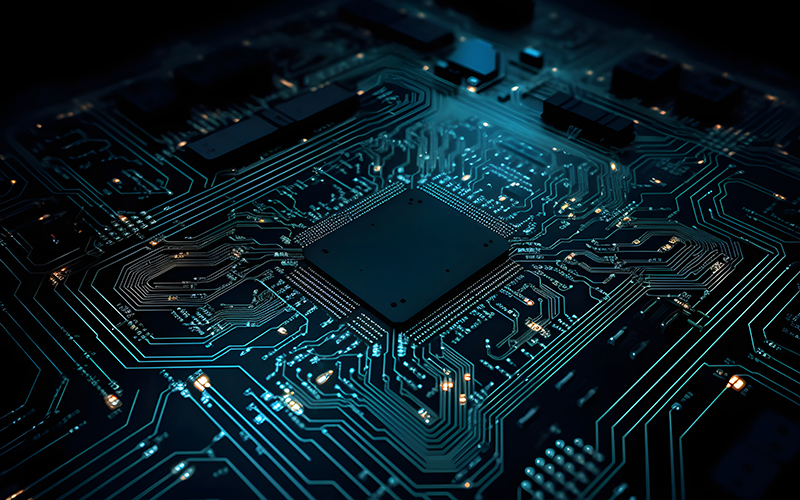The heart of modern microelectronics lies in the intricate and complex world of semiconductor materials. As university students venturing into the realm of electrical engineering, understanding the nuances of these materials is paramount. This article delves into the properties and applications of semiconductor materials, offering a technical perspective crucial for upcoming innovations.
Understanding semiconductor fundamentals
Semiconductors possess unique electrical properties that allow them to function as either conductors or insulators, depending on the circumstances. This duality is primarily due to the band structure of semiconductors, which is characterised by a valence band filled with electrons and a conduction band that is largely empty at absolute zero temperature.
- Bandgap engineering: Modifying the energy difference between the valence and conduction bands, known as the bandgap, is critical for designing semiconductors with specific properties for different applications.
- Doping processes: Introducing impurities into the intrinsic semiconductor can change its electrical properties. N-type doping adds electrons, while P-type doping creates ‘holes’ or missing electrons, both essential for creating a diode.
- Mobility and conductivity: The mobility of charge carriers within the semiconductor material affects how quickly an electronic device can operate. The conductivity, in turn, determines how easily an electric current can pass through the semiconductor.
Silicon and beyond
While silicon has dominated the semiconductor industry, new materials are emerging, promising superior performance and opening new possibilities.
- Compound semiconductors: Materials like gallium arsenide (GaAs) and indium phosphide (InP) offer higher carrier mobilities than silicon, making them ideal for high-frequency applications.
- Organic semiconductors: Composed of carbon-based molecules, these semiconductors are flexible and can be processed at lower temperatures, suitable for applications like organic light-emitting diodes (OLEDs).
- Two-dimensional materials: Graphene and other two-dimensional materials have exceptional electrical, thermal, and mechanical properties, potentially revolutionising electronics.
Applications in microelectronics
Semiconductor materials are integral to the functionality of numerous electronic devices. Understanding their application in various technologies is essential for students specialising in electrical engineering.
- Transistors and microchips: Semiconductors are the building blocks of transistors, which are the fundamental units in microchips used in computers, smartphones, and a myriad of other electronic devices.
- Photovoltaic cells: Semiconductor materials are crucial in the conversion of sunlight into electrical energy in solar cells, with silicon being the most widely used material.
- Light-emitting diodes (LEDs): Semiconductors with different bandgaps can emit light at various frequencies, which is the principle behind the functioning of LEDs.
Conclusion
The exploration of semiconductor materials in microelectronics is a testament to the intricate interplay between physics and engineering. For university students pursuing electrical engineering, an in-depth understanding of these materials is not just academic; it’s a stepping stone into a future where microelectronics continue to advance at an unprecedented pace. As technology evolves, so too does the potential for new semiconductor materials to lead the way in innovation.
You can find even more technical material in our learning segment, here.




